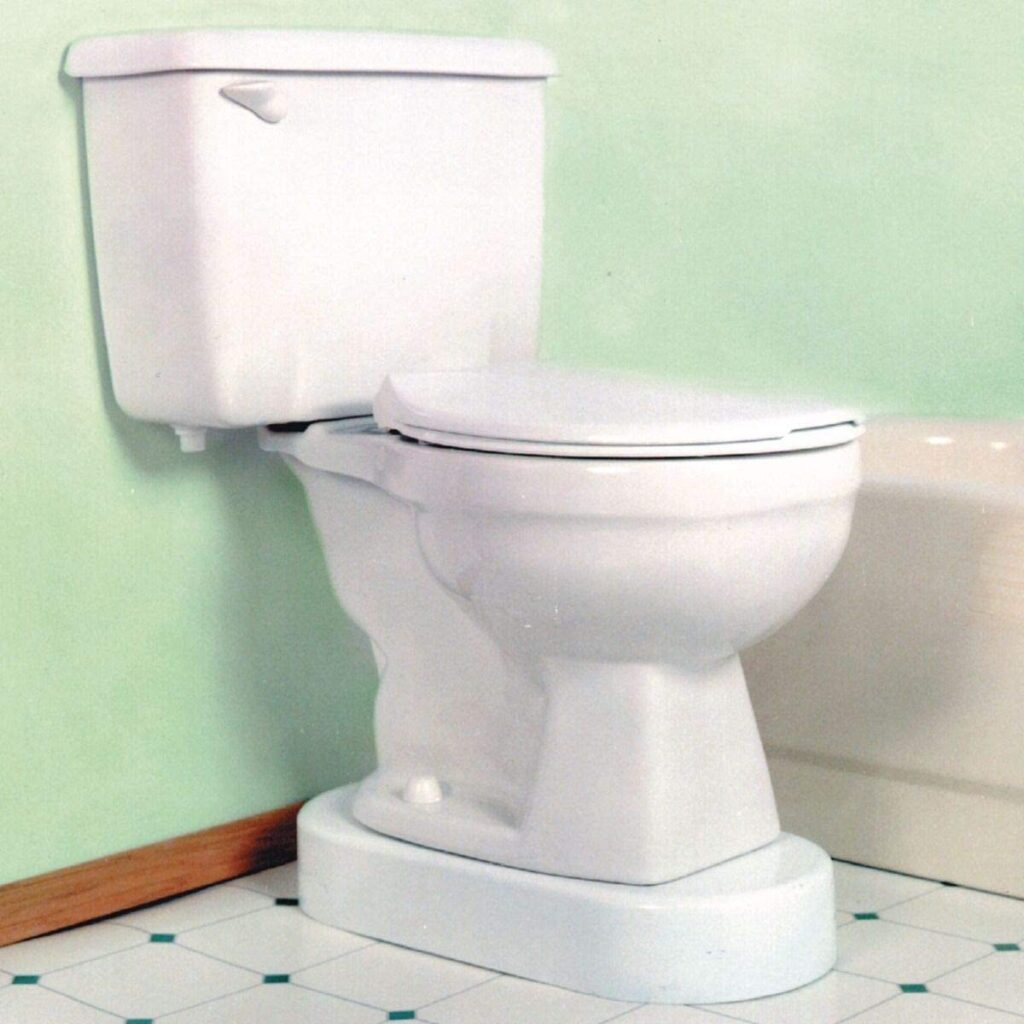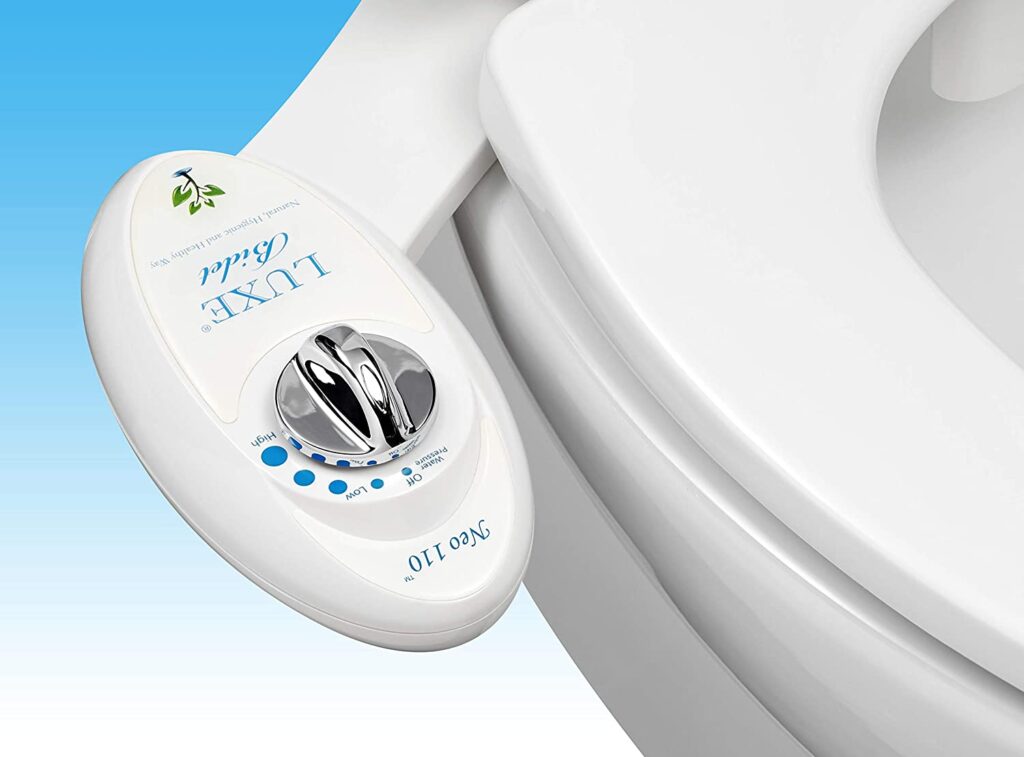Is your push button toilet giving you trouble? You press the button, but instead of the satisfying whoosh of water, nothing happens—or worse, it only half-flushes.
Frustrating, isn’t it? You’re not alone. A toilet that isn’t flushing properly can quickly turn into a daily headache. The good news? Fixing this issue might be easier than you think. In this guide, we’ll uncover the common reasons behind a push button toilet that’s not flushing as it should.
Whether it’s a simple adjustment or a part that needs replacing, you’ll learn how to identify the problem and get your toilet back in perfect working order. Don’t let a stubborn flush ruin your day—keep reading to discover practical tips and solutions that you can tackle right now!

Credit: www.fluidmaster.com
Table of Contents
Common Causes Of Flush Issues
Is your push button toilet refusing to flush properly? It’s a frustrating problem that can disrupt your day and leave you scrambling for solutions. Understanding the common causes of flush issues can help you pinpoint the problem and get things working smoothly again.
Low Water Pressure
One of the most common culprits behind a weak or incomplete flush is low water pressure. If your home’s water supply isn’t delivering enough pressure, the toilet tank might not fill to the required level. Without enough water in the tank, the flush won’t have the power to do its job effectively.
Check if other water fixtures in your home are also running weakly. If so, it’s likely a broader water pressure issue. In this case, you may need to contact your water provider or investigate for leaks in your plumbing system.
Clogged Drain Or Pipes
A clog in the drain or pipes can also cause flush problems. Even a partial blockage can slow down water flow, making the flush weaker or incomplete. This often happens when items like wipes, sanitary products, or excess toilet paper are flushed.
To address this, you can try using a plunger or a toilet auger to clear the clog. If the blockage persists, calling a plumber might be necessary to avoid further damage to your plumbing system.
Worn-out Push Button Mechanism
Over time, the push button mechanism can wear out or become misaligned. A faulty button may not properly engage the flushing system, leaving you with a non-responsive toilet.
Inspect the button for visible damage or looseness. If it feels wobbly or doesn’t click like it used to, replacing the push button assembly can often fix the issue. Replacement parts are usually affordable and available at most hardware stores.
Faulty Flush Valve
The flush valve is a key component that controls the release of water from the tank to the bowl. If this valve is damaged, stuck, or leaking, the toilet won’t flush properly.
Check for signs of wear, such as cracks or water continuously trickling into the bowl. A leaky valve may also cause your tank to take longer to refill. Replacing a faulty flush valve is a common fix and can restore your toilet’s performance.
Have you identified the problem with your toilet yet? By addressing these common causes, you can take simple steps to bring your push button toilet back to full functionality. Don’t let a simple flush issue ruin your day—tackle it head-on and enjoy the relief of a well-functioning toilet again.

Credit: www.youtube.com
Tools Needed For Quick Repairs
Is your push-button toilet not flushing properly? Before calling a plumber, you might want to try fixing it yourself. With the right tools and a little effort, you can save time and money. Let’s dive into the essentials you’ll need for quick repairs.
Basic Plumbing Tools
Start by gathering some basic tools. A screwdriver is essential for removing the toilet lid or adjusting the flush mechanism. A pair of pliers will help you handle small parts like screws or nuts inside the tank.
If you suspect a blockage, a plunger is your best friend. It’s easy to use and can clear minor clogs in seconds. Don’t forget a small adjustable wrench to tighten or loosen fittings as needed.
Replacement Parts
Sometimes, the issue lies in worn-out parts. Keep a spare flush valve or push-button mechanism handy, especially if your toilet is older. These parts are affordable and easy to install.
A damaged flapper can also cause flushing problems. Flappers are inexpensive and available at most hardware stores. Check your toilet’s brand and model to ensure you get the right fit.
Consider buying a universal repair kit. These kits include multiple parts, saving you a trip to the store if something unexpected breaks during the repair.
Cleaning Supplies
Don’t underestimate the power of cleaning! Mineral deposits or gunk buildup can hinder your toilet’s performance. A scrubbing brush and some vinegar can clear away stubborn grime.
Have a bucket and sponge ready to clean up any water spills while working inside the tank. A pair of rubber gloves will protect your hands from bacteria and chemicals.
A pipe cleaning brush is great for clearing out small blockages in the flush system. Keeping your toilet clean prevents future issues and makes repairs easier.
What tools do you already have at home? The right supplies can make all the difference in fixing your toilet quickly and efficiently. Gather these essentials, and you’ll be ready to tackle minor problems without hassle.
Steps To Fix A Non-flushing Toilet
When your push button toilet refuses to flush, it’s more than just inconvenient—it’s downright frustrating. But don’t call a plumber just yet. With a little guidance, you can tackle this issue yourself and save time, money, and stress. Here are simple, actionable steps you can take to fix your non-flushing toilet.
Inspect The Push Button
The first thing to check is the push button itself. Over time, it can wear out or become stuck. Press it firmly and observe if it feels loose, stiff, or unresponsive.
If it’s stuck, gently clean around the button using a damp cloth to remove dirt or debris. If it’s still not working, you may need to unscrew the button assembly to see if the internal mechanism is disconnected or broken. Don’t worry—this is easier than it sounds, and you’ll only need a basic screwdriver.
Check Water Supply
Is your toilet tank filling up? If not, your water supply could be the issue. Open the tank lid carefully and check the water level.
If the tank is empty or filling too slowly, ensure the water supply valve (usually located near the wall behind the toilet) is fully open. A partially closed valve can limit water flow. Still no luck? Inspect the float inside the tank—it might be stuck and preventing the tank from refilling.
Clear Blockages
A blockage in the toilet trap or flush mechanism can stop your toilet from working properly. To check, flush the toilet and watch how the water behaves. Does it rise or drain sluggishly?
If you suspect a clog, use a plunger to create suction and dislodge the blockage. For more stubborn clogs, a toilet auger can do the trick. Always wear gloves and clean your tools afterward—it’s not the most glamorous task, but it gets the job done.
Replace Damaged Parts
If inspecting and cleaning haven’t resolved the issue, it’s time to check for damaged components. Common culprits include the flush valve, flapper, or push button mechanism.
For instance, a worn-out flapper can cause water to leak, preventing the tank from filling properly. Replacements are inexpensive and widely available at hardware stores. Simply remove the old part, follow the instructions on the new one, and you’re good to go.
Similarly, if the push button mechanism is broken, you can replace it with a compatible model. Always double-check the size and fit before purchasing a replacement to avoid extra trips to the store.
Taking these steps can often resolve the issue without professional help. What’s stopping you from giving it a try? Your toilet might just thank you for it!

Credit: www.indeepplumbing.com.au
Preventative Maintenance Tips
Dealing with a push button toilet that refuses to flush properly can be frustrating, especially when it disrupts your daily routine. The good news? With some simple preventative maintenance, you can reduce the chances of running into this problem. Let’s dive into a few practical tips that can save you time, money, and unnecessary stress.
Regular Cleaning
Keeping your toilet clean isn’t just about appearance—it directly impacts how well it functions. Mineral buildup, grime, and debris can clog the flush holes or the internal mechanisms. Use a mild toilet cleaner and a soft brush to scrub away any residue weekly.
Don’t forget to clean under the rim of the bowl. This area is often neglected and can trap hard water deposits that interfere with flushing power. A clean toilet not only flushes better but also stays more hygienic for your household.
Avoid Flushing Non-flushable Items
Toilets are designed to handle only toilet paper and human waste. Flushing items like wet wipes, cotton swabs, or feminine hygiene products can clog your toilet’s pipes and damage its internal components. Even if the packaging says “flushable,” it’s better to err on the side of caution.
Teach your family members or housemates about what’s safe to flush. A simple reminder can prevent costly repairs down the line. When in doubt, toss it in the trash instead of testing your toilet’s limits.
Check Mechanisms Periodically
Push button toilets rely on several internal parts, such as the flush valve and the fill valve, to operate smoothly. Over time, these components can wear out or loosen. Make it a habit to inspect them every few months.
Open the tank lid and press the flush button while observing the mechanism. Does the button feel stiff? Is the water refilling properly? Addressing these small issues early can prevent bigger problems later. Replacing a worn-out valve is much easier than dealing with a completely non-functional toilet.
By taking these simple steps, you can ensure that your push button toilet remains a reliable part of your home. Which of these tips will you try first? Let us know how they work for you!
When To Call A Professional
Push button toilets are convenient but can develop issues over time. Some problems can be fixed with simple repairs, while others may need expert help. Knowing when to call a plumber can save time and prevent further damage.
Persistent Issues Despite Repairs
If your toilet keeps malfunctioning after multiple repairs, it’s time to seek help. DIY fixes may not address deeper plumbing issues. Professionals have tools and expertise to identify hidden problems.
Complex Plumbing Problems
Complicated problems like clogged internal mechanisms or faulty flushing systems require expert attention. These problems often involve parts that need specialized tools to repair or replace.
Water Leaks Or Structural Damage
Water leaks can lead to structural damage if not resolved quickly. If you notice water pooling around the toilet base, it’s a warning sign. Professionals can assess the extent of damage and fix the issue before it worsens.
Frequently Asked Questions
Why Is My Push Button Toilet Weak Flush?
A weak flush in a push-button toilet may result from clogged jets, low water levels, or faulty mechanisms. Clean jets, adjust water levels, or check for worn-out parts to fix it. Regular maintenance prevents flushing issues. Consult a plumber if problems persist for professional assistance.
Why Isn’t My Toilet Flushing When I Press The Button?
Your toilet might not flush due to a disconnected flush chain, low water level, clogged pipes, or a faulty flush mechanism. Check for blockages, ensure enough water in the tank, and inspect the internal parts for damage or disconnection. Replace broken components or call a plumber for professional help.
Why Is My Toilet Not Flushing Properly?
A toilet may not flush properly due to a clogged drain, insufficient water level, or a faulty flapper valve. Inspect the tank, clear blockages, and check parts for damage. Regular maintenance can prevent flushing issues and ensure smooth operation. Address problems promptly to avoid further complications.
How To Adjust A Push Button Toilet Flush?
To adjust a push button toilet flush, locate the flush mechanism inside the tank. Adjust the height of the flush valve or rod to control water flow. Ensure connections are secure and test for proper flushing. Make small adjustments if necessary for efficient performance.
Conclusion
A push button toilet not flushing can be frustrating and inconvenient. Simple fixes like checking the water supply or cleaning the flush valve often help. Regular maintenance prevents bigger issues and ensures smooth operation. If the problem continues, professional help might be necessary.
Ignoring the issue could lead to costly repairs later. Always address minor problems early to save time and money. A well-functioning toilet is essential for everyday comfort. Keep it in good shape for hassle-free use. Take action today and restore your toilet’s efficiency.







